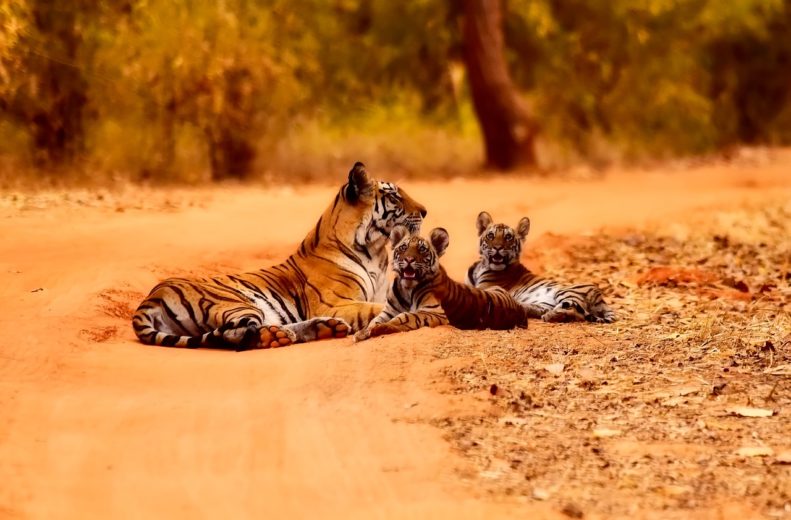
How Close is This Endangered Cat to Extinction?
We are reader-supported. When you buy through links on our site, we may earn affiliate commission.
“When you’re dealing with ecosystems, always assume you are wrong.” Allan Savory
During the last century, the world has lost over 97 percent of its tiger population, with numbers plummeting from 100,000 to 3,200 in 2010. We have seen at least two subspecies of the largest wild cat on earth disappear as human life continues to eviscerate its natural habitat, reduce its prey reserves and exploit its body for monetary profit. How close is this endangered cat to extinction? It’s a rhetorical question which deserves an answer as its significance remains a premonition for every ecosystem we know and rely upon.
What Is Causing It?
The nine subspecies or potentially eight subspecies– of Panthera tigris roamed forestry freely across Asia, from Russia to Turkey and as far south as South East Asia. However, farmers have reclaimed 93% of their territory. Infrastructural requirements go hand-in-hand with Asia’s booming human birth rate. Competition for resources, including revenge killings, and poaching exploit the tiger’s body. Further complicating the situation, global warming increasingly threatens the Bengal tiger population, especially given the mangroves in the Sundarbans are sensitive to rising sea levels.
Our demands on the earth are changing, and our methods for getting what we want are adapting. We live in a world where educated individuals and environmentalists themselves are actively involved in hunting for celebrity status or poaching for the higher profits on skins and bones. The threat to tigers and every large mammal in our ecosystem has to evolve to overcome new obstacles and become more sophisticated. Organized crime and gangs now contribute heavily toward poaching operations and other illegal wildlife trade.
What Can Save This Endangered Cat?
It is only now we seem to understand the gravity of what has happened to our tiger population and the natural world around us. Each tiger requires 25,000 acres of habitat which involves protection of entire ecosystems to ensure survival. It is imperative to guard against the extinction of the largest wild cat we have ever encountered, as the consequences for thousands of other less apparent species would remain catastrophic. Ecosystems protect us more directly than we know. As such, the world responds to the desperate situation of the tiger and harnesses the power of various governments, worldwide NGOs and internationally recognized associations.
Collaboration and integration of efforts and resources involving both State and NGO are proving the only sustainable way forward. The critically endangered Indochinese tiger, making up only 350 of the world tiger population, was found reproducing in the wild in Thailand as a result of thirty years of harsh non-poaching laws and conservation efforts. The WWF has had major impact recently through observing the criticality of the endangerment. Since 2010, tiger numbers have increased from 3,200 to just under 4,000.
Furthermore, in 2010 the 13 tiger range countries committed to Tx2, a promise to double the number of wild tigers by 2022, the Chinese year of the Tiger. Russia, India, Nepal and Bhutan have all already conducted comprehensive surveys to gauge accurate representation of numbers of wild tigers in their respective countries. India continues to report its tiger population is increasing steadily, no doubt partly due to the widespread voluntary and state-supported relocation of villages in recognized tiger habitats.
Save the Endangered Cat
To counteract the ever-changing and globalizing character of the illegal wildlife trade, worldwide standards have developed such as CA|TS and borderless bodies mobilized such as TRAFFIC. While we cannot ensure the tiger species can be saved, numbers have increased and measures are taken more seriously than ever before. We can only hope this is the turning point in our global attitude toward conservation and in our understanding and respect for ecosystems. You too can take action.
Share on
Like what you read? Join other Environment.co readers!
Get the latest updates on our planet by subscribing to the Environment.co newsletter!
About the author

Jane Marsh
Starting from an early age, Jane Marsh loved all animals and became a budding environmentalist. Now, Jane works as the Editor-in-Chief of Environment.co where she covers topics related to climate policy, renewable energy, the food industry, and more.






